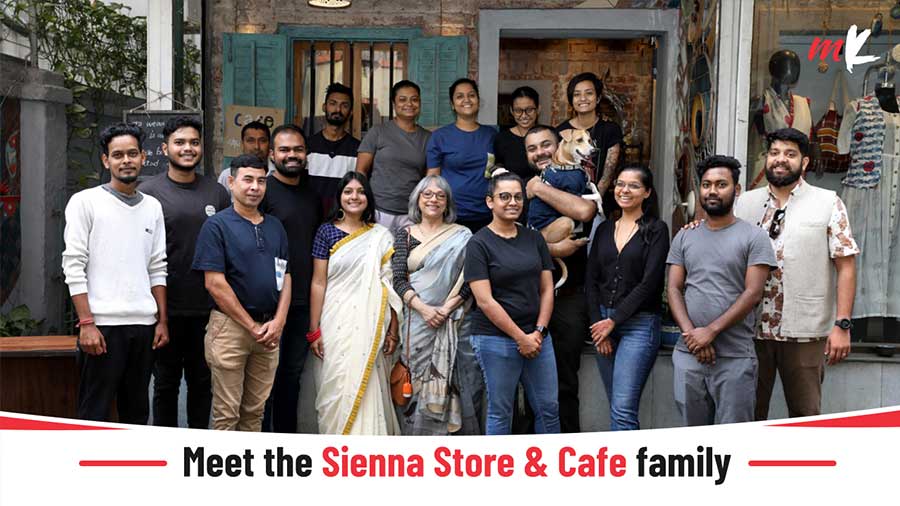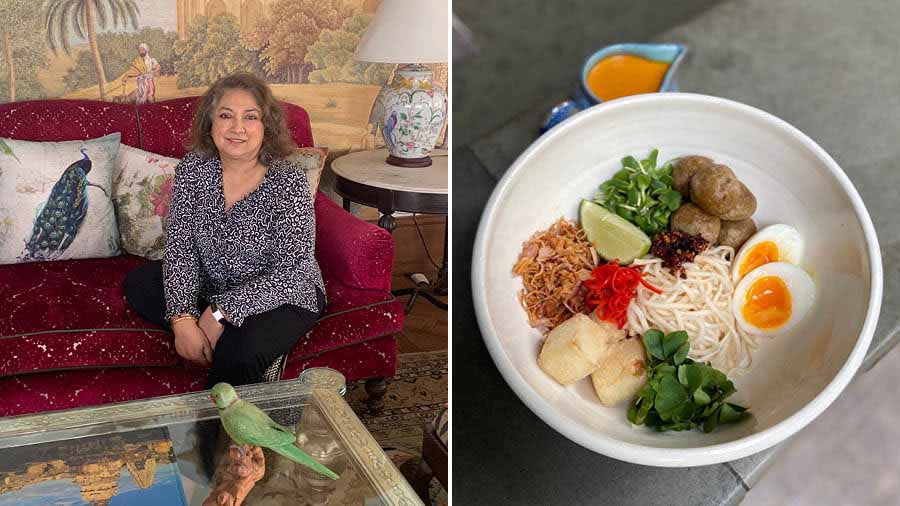Let’s look at trends in food — the trends that have stood the test of time and I think are going to stay and, of course, the trends that come and go, and ones that disappear…
Trends that are here to stay
1. Veganism: One of the trends I think is here to stay is Veganism. However, how many people actually order vegan food in a restaurant is another question. I think a lot of people who are genuinely vegan and are doing it for either political or health reasons simply don’t go out to eat too much in India. I find that many of them are cooking at home. In Europe and in other parts of the world, it is different — a lot of the vegans were non-vegetarians before, so they enjoy eating out. Therefore, there are many vegan options now on all sorts of menus, whether they are Mediterranean, Indian, European or chef-driven. However, from my experience working in London, we offered a lot of vegetarian and vegan options, but there weren’t too many takers for the vegan options, honestly. So, while putting vegan options on every menu is a very important statement, I think it’s a bit political. It is all very important culturally and otherwise, but how many takers there are in restaurants for vegan dishes remains to be seen.
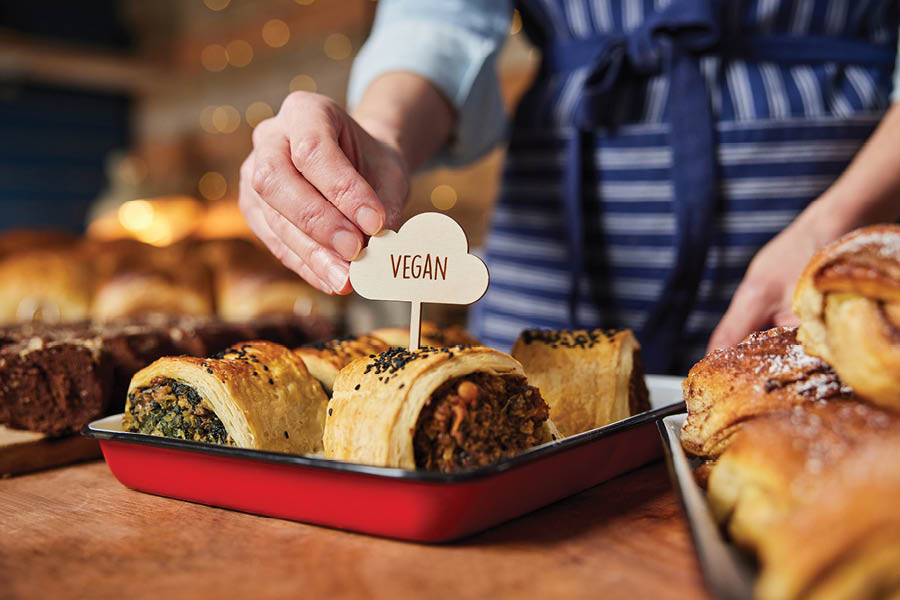
The rise of veganism in India can also be attributed to political or health reasons Shutterstock (Representational image)
2. Emphasis on local ingredients: I think buying local, especially the provenance, has been a trend in Europe for a while now — where the meat comes from, where the vegetables come from, the name of the farm, and the more you talk about these things, the more you can charge. The provenance sort of guarantees the quality; that’s the whole point of emphasising it. And the fact that the vegetables or meat or fish have not travelled halfway across the world in a freezer bag, makes the local ingredients trend enduring. However, I think a lot of unusual local ingredients, especially in India, are not going to be very fashionable. I see them appearing on menus in local restaurants in other parts of the country. Kolkata, for example, has done a great job with Sienna Cafe, introducing different types of rice, etc. How popular they are going to be in the rest of the country, I don’t know. I think it’s still very localised, but it’s a good move and it’s here to stay.

Buying local ingredients has been a trend in Europe for a while now Shutterstock (Representational image)
3. Truffles: Let’s go mad. Often, it's not real truffle. It’s truffle oil or truffle essence, but who cares? Everybody loves truffle fries, truffle mash, especially in Kolkata, and it seems to be a great thing that you can talk about in vegetarian groups. Upmarket dining has always been about meat and fish and poultry, and it’s nice to see something that vegetarians can look forward to in European dining, apart from just asparagus. So I think truffles are definitely here to stay in many manners and forms.
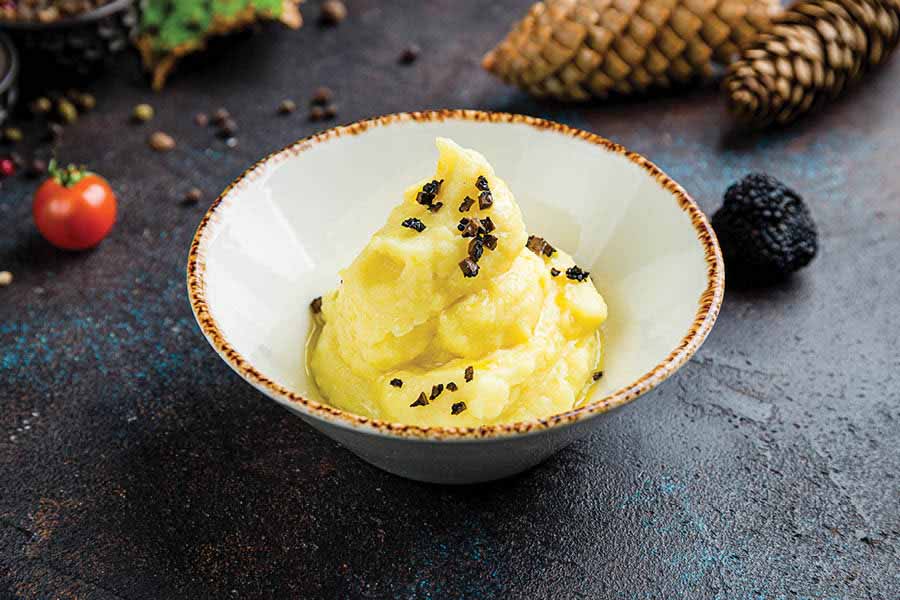
Mashed potatoes with truffle on bowl Shutterstock (Representational image)
4. Chef-led restaurants: Everyone knows that if you see the Conde Nast awards, for example, Indian Accent is #1. Everybody knows Manish Mehrotra is the chef; the new Rahul Akerkar restaurant in Bombay, Ode, everybody knows he is the chef; Bomras, ranked #2, is obviously named after the chef. So I think the trend of chef-led and chef-named restaurants is here to stay and carries a lot of weight.
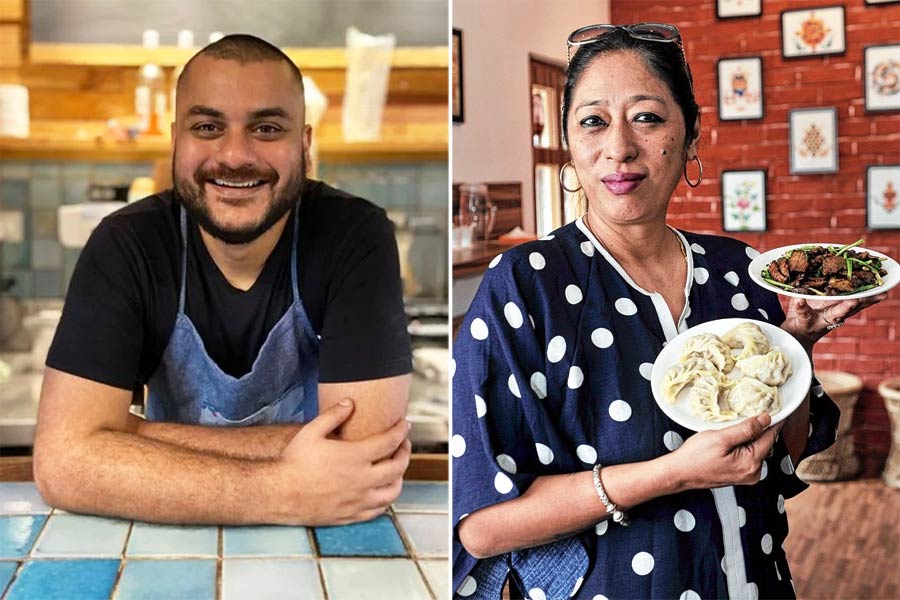
In Kolkata, Auroni is a chef-partner at Sienna Cafe while Doma Wang owns The Blue Poppy and runs the kitchen, with the help of her offspring Sachiko
5. Health conscious eating: Broadly speaking, health is here to stay. People are into healthy alternatives — whether it’s for staying fit or to lose weight, that’s another story. People are conscious of and interested in gluten-free, carb-free and grain-free diets, and, in some cases, fat and sugar-free diets. Even though we’re topping the charts for diabetes globally, the awareness is there, especially in cities. So, broadly speaking, health is here to stay.
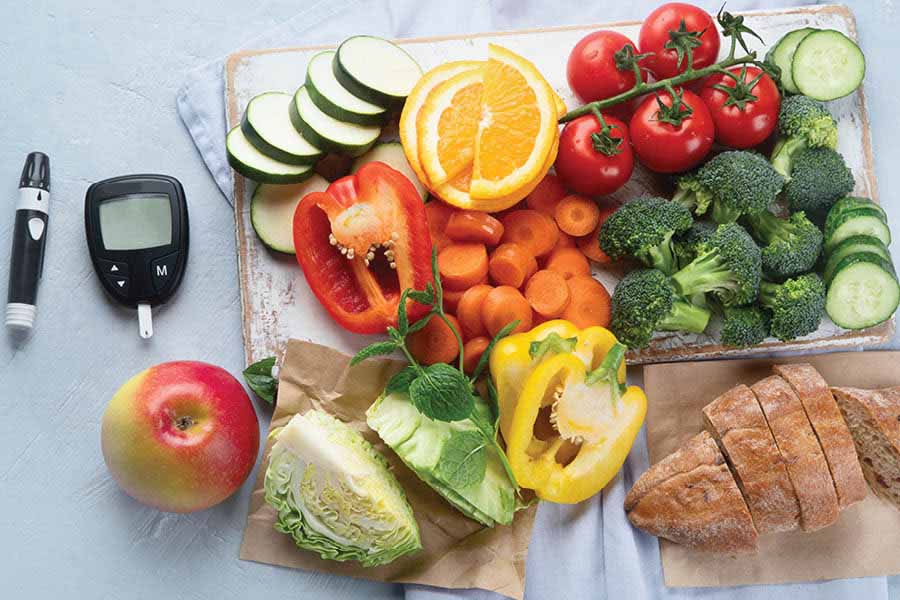
These days, people are conscious of and interested in gluten-free, carb-free and grain-free diets Shutterstock (Representational image)
6. Organic produce: Organic meat and fish, organic and pesticide-free vegetables, hormone-free poultry, are all very popular things, especially abroad. In India, the trend is largely confined to cities. However, I see it in the UK and Europe, where people are very into these things and are consciously buying products that are of better quality. Good restaurants are making that known on their menus, for example, stating that the eggs are natural, pesticide-free and sourced from a local egg supplier. Last year, I was in Normandy, and everything on the menu in the restaurant was sourced locally and completely organic.
7. Gluten-free: It started off as a result of allergies and intolerances, but now, as I said, it’s also about weight loss and inflammation. So, a lot of people, including me, often opt for a gluten-free diet. For example, when you travel or avoid bread on the table, it's just becoming a way of life and I think that’s definitely a trend that is here to stay.
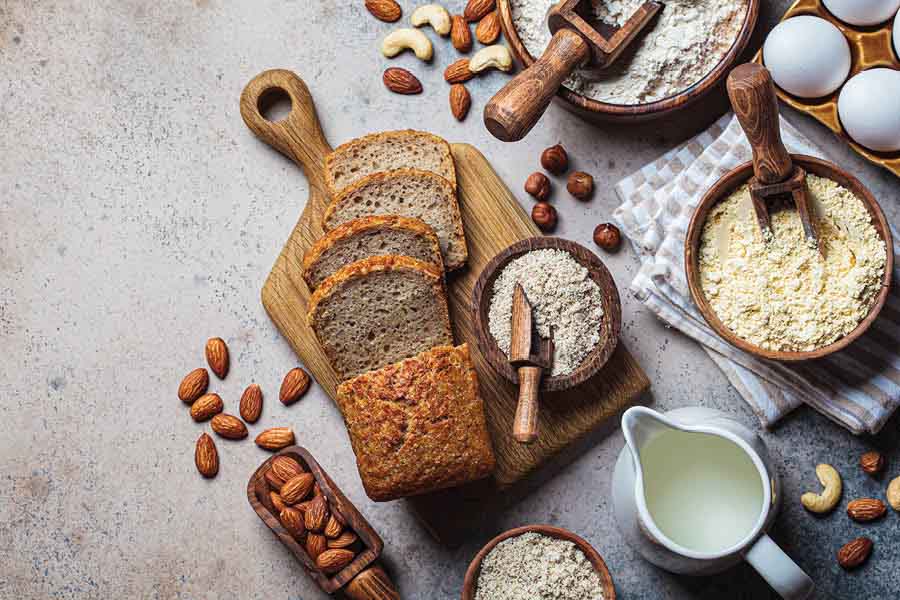
Glutten-free diet is good for weight loss and inflammation Shutterstock (Representational image)
8. Cocktails: Everybody wants to try cocktails. They are unusual, they are delicious, they’re alcoholic. Mocktails, less popular. And, of course, it’s a great way for restaurants to make money because you can charge a little bit more, in fact, sometimes a lot more, than just a straight drink. They also have exotic ingredients that are difficult for you to replicate at home. It’s difficult to make a good cocktail at home, but it’s something you will go out to have in a restaurant or bar. It’s similar to cakes in India. People don’t bake cakes like they do in Europe, especially in the UK, where baking is a big thing and very much part of the culture and culinary landscape. In India, it isn’t, so people still go out to buy cakes and buy fantastic bakery and patisserie because they simply can’t do it at home. Many people don’t even have an oven. So cocktails are like that.

The All Day Highball at cocktail-driven AMPM on Park Street and (right) Yuzu Live Once at Soba Sassy on Ho Chi Minh Sarani
9. Bakery and patisserie: The bakery scene is booming in India! Unlike abroad, here it’s really taking off. We Indians have a sweet tooth, and that love is only getting stronger. Quality bakeries and delightful patisseries are on the rise, and people are all about knowing where their chocolate comes from.
10. Sugar-free: I think sugar-free is definitely here to stay. I see that with our own products. There is a huge demand for sugar-free and low-sugar products for obvious reasons like health and weight.
Trends fast fading, perhaps rightly so
1. Molecular gastronomy: Fancy techniques like foams and deconstruction are losing their appeal, especially after Covid. Yes, people are willing to pay lots of money to eat out but what they really want is quality. It’s shocking that I see restaurants, both in India as well as Europe and the UK, absolutely packed all the time but people want value for money. Whether it is Rs 10,000 a head or Rs 1,000 a head, they want to know what they are getting. I find less room now for experimentation; diners want to know exactly what they’re getting on their plates.

A molecular food item in the making Shutterstock (Representational image)
2. Wine pairing: The art of pairing wine seems to be on the decline, not just in India but globally. People are not necessarily pairing whites with fish and reds with meat. People do drink wine, but they drink wine in countries where they have always drunk wine. So in countries like France and Spain and so on, people continue drinking wine but they are not doing this gimmicky pairing thing. Again, when I visited Normandy last year, people preferred cider, calvados or whatever’s local over wine. I think the wine thing, sad to say (I’m a wine drinker!), is mainly going to continue in countries where wine is a party choice and in older wine-drinking traditions.
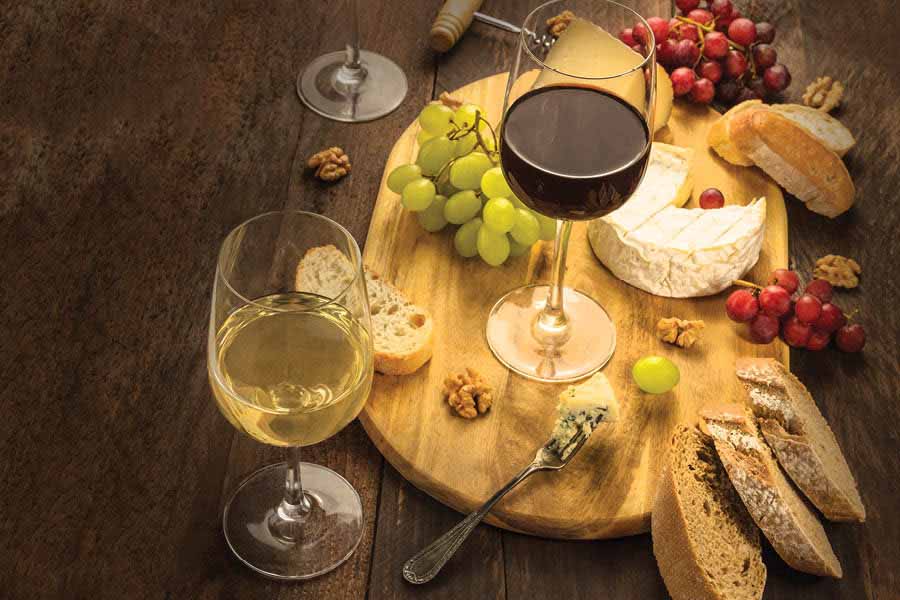
Wine seems to be on the decline, not just in India but globally as well Shutterstock (Representational image)

